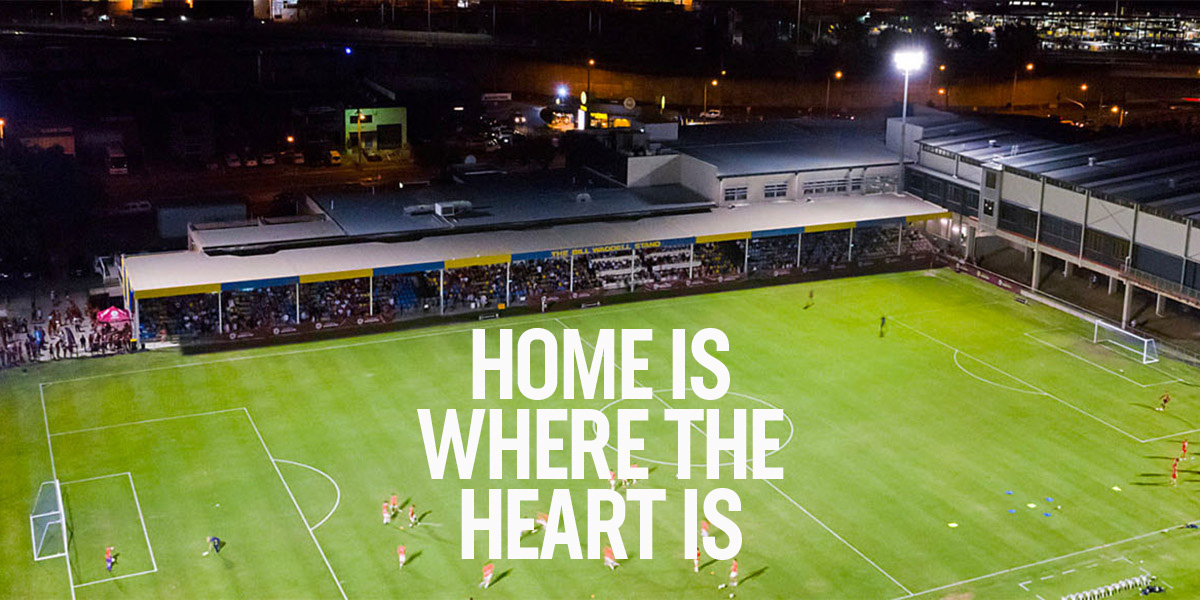
It may not be a Wembley or a Maracanã, but Perry Park still holds a special place in the hearts of Brisbane football fans.
It is, after all, the spiritual home of football in Queensland.
But it wasn’t always that way.
For untold generations, the Turrbal people were the custodians of the land on which Perry Park now sits. But then came the Europeans, who drove them off that unceded land.
Politician and businessman William Perry set up his home nearby and cleared a paddock for his cattle and horses. Brisbane grew, farmland was swallowed up, and that paddock was converted to a cricket and Australian Rules ground in the early 1900s.
Then, the winds of war.
“Camp Perry Park” became the home of the Z Special Unit as it prepared for a strike on Japanese-held Singapore, hosting troops from Australia, New Zealand and the United States.
About a quarter-century later, Brisbane City Council acquired the site and gave football its much-needed home in the Queensland capital.
That was in 1967. A decade later, the National Soccer League was born. Both Brisbane clubs, City and Lions, initially called the Bowen Hills stadium home before moving to their own facilities.
“It’s as the home of football that Perry Park remains such an important piece of football infrastructure.”
But Perry Park remained the focal point of the local game, hosting all levels of local football, from junior tournaments to senior finals.
It regained its place on the national stage in 1991, when Brisbane United was admitted to the NSL, and even hosted the Socceroos, who played Tahiti in a World Cup qualifier, resulting in a 2-0 win to the hosts.
A name-change and a signing of a Socceroos legend later saw the rebadged Brisbane Strikers outgrow Perry Park and move across town to Suncorp Stadium and, later, Ballymore.
But Perry Park was always the Strikers’ home, as both a training and administrative base. And when the club decided to once again play NSL matches at the ground, Strikers fans helped spruce the place up, adding the distinctive yellow and blue colours to the Bill Waddell stand.
The addition of the YMCA made Perry Park a valuable community asset, beyond its football use.
But it’s as the home of football that Perry Park remains such an important piece of real estate for Brisbane sport.
With its spectator facilities, broadcast-quality lighting and peerless public transport access, clubs from across Brisbane have used the venue for their moments in the sun as they took on the nation’s best in the FFA/Australia Cup.
It’s not perfect, but it’s home. And Brisbane United is determined to do all it can to improve that home, so the home of football is a home of which football can be proud.
